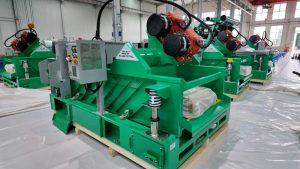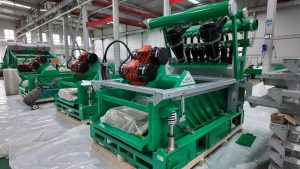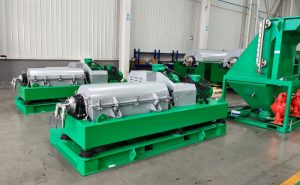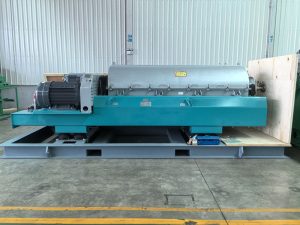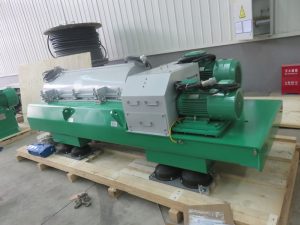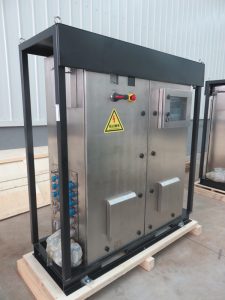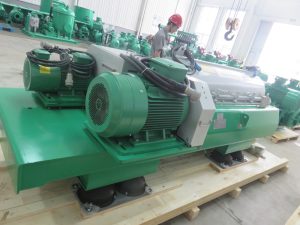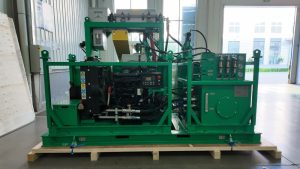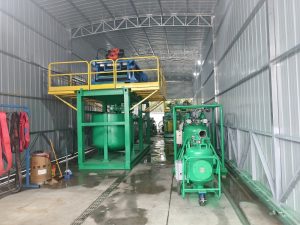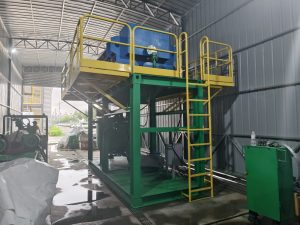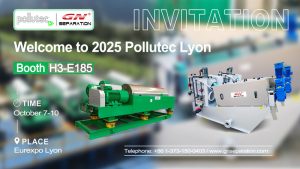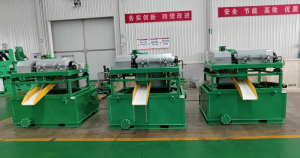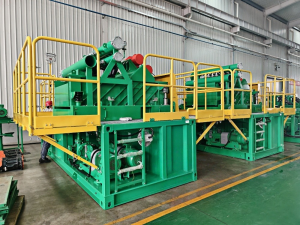At GN Solids Control, we are proud to announce the successful delivery of 8 complete sets of jet mixing hopper systems for drilling mud, shipped to a major client in Europe. This shipment represents a significant step in our ongoing efforts to expand into global markets and demonstrates the growing international recognition of our high-quality equipment.
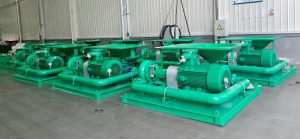
Each set includes the following core components:
- One 90kW GNSB8×6 sand pump – specifically designed to handle drilling fluids containing solids, providing efficient transfer of mud within the circulation system.
- One jet mixing hopper – a high-performance funnel used to introduce additives and chemicals into drilling mud via high-velocity fluid injection.
- A heavy-duty supporting base – engineered for ease of installation and enhanced structural stability during operation.
Jet mixing systems play a crucial role in the drilling mud circulation process. Their primary function is to blend chemical additives and other materials into the mud system to optimize its properties, such as viscosity, density, and filtration control.
The jet mixing principle uses kinetic energy from the centrifugal pump to create a powerful fluid stream. As additives are introduced through the hopper, they are instantly mixed into the drilling fluid, ensuring a uniform blend. This process significantly reduces preparation time and enhances the efficiency of mud conditioning on-site.
Our European client, involved in geothermal exploration and mining drilling, selected our equipment for its proven performance, reliability, and adaptability to harsh field conditions. Each unit underwent rigorous quality control testing prior to shipment. This included hydraulic pressure testing, welding inspections, and verification of all mechanical and electrical components to meet both GN and international quality standards.
All equipment was packaged according to international export regulations, using treated wood crates and reinforced steel frames to ensure safe marine transportation. Additionally, we provided comprehensive technical documentation, user manuals, and remote support to facilitate seamless installation and commissioning on-site.
This delivery underscores GN’s commitment to innovation, quality, and customer satisfaction. We remain focused on delivering advanced solids control and mud treatment solutions tailored to the needs of drilling contractors and engineering firms worldwide.
We extend our sincere thanks to our European client for placing their trust in our products. With every shipment, GN strengthens its role as a leading global supplier of efficient and reliable equipment for the oil & gas, geothermal, and mining industries.
